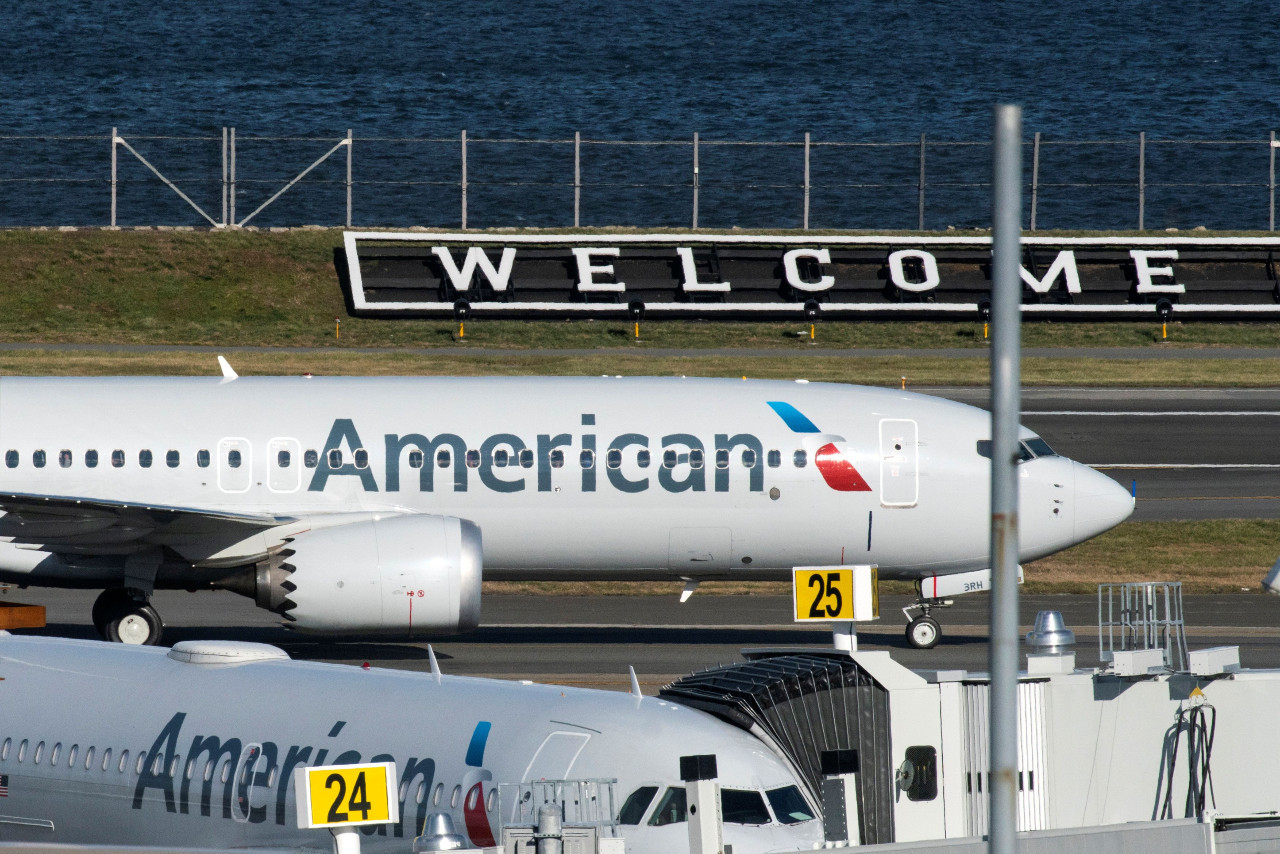Popular Reads
Top Results
Can't find what you're looking for?
View all search resultsPopular Reads
Top Results
Can't find what you're looking for?
View all search resultsEurope lifts safety ban on Boeing 737 MAX jet
Regulators worldwide grounded the MAX in March 2019 after crashes in Indonesia and Ethiopia.
Change text size
Gift Premium Articles
to Anyone
E
uropean regulators on Wednesday lifted a 22-month ban on flights of the Boeing 737 MAX after a design and pilot training overhaul in the wake of crashes that killed 346 people.
The European Union Aviation Safety Agency (EASA) confirmed a provisional approval given in November, but dropped calls for an extra flight-angle sensor to back up a system implicated in crashes.
“Let me be quite clear that this journey does not end here,” Executive Director Patrick Ky said in a statement.
“We have every confidence that the aircraft is safe, which is the precondition for giving our approval. But we will continue to monitor 737 MAX operations closely as the aircraft resumes service.”
Regulators worldwide grounded the MAX in March 2019 after crashes in Indonesia and Ethiopia.
The United States lifted its ban last November, followed by Brazil and Canada. Britain, which is no longer in EASA after leaving the EU, followed the agency’s lead on Wednesday.
Relatives of some victims have criticized the move to clear the 737 MAX, the latest version of the world’s most-flown jet.
Crash investigations show bad data from a single faulty sensor triggered a barely documented software system that ordered repeated dives and overwhelmed both accident crews.
Boeing has said data from both “Angle of Attack” sensors on the MAX will be tracked in the modified aircraft, instead of just one as in the past. But EASA has suggested a third sensor system to act as a jury in case one of the main sensors fails.
The proposal, opposed by the United States Federal Aviation Administration, triggered a regulatory tussle over whether existing modifications would allow pilots to cope with any sensor outage, or whether a further safety net was needed.
Ky said in September that Boeing had agreed to install the digital equivalent of a third sensor on the next version, the 737 MAX 10, followed by retrofits on other models.
Sensor demand dropped
However, in a document alongside the ungrounding order, EASA dropped the proposal for a third “synthetic” sensor on the grounds that Boeing had promised other ways of securing data.
It said Boeing had agreed to develop further changes “within two years” to improve fault-monitoring and allow pilots easily to select the right data.
An EASA spokeswoman said the solution now being considered by Boeing was different from a third sensor but “broadly aligned”. She declined further comment on proprietary details.
A Boeing spokesman said: “We will address all regulatory requirements, technical needs and testing requirements.”
In comments to EASA released on Wednesday, Virginie Fricaudet, who lost her sister on Ethiopian flight 302 and who heads a France-based relatives association, said the MAX was “aerodynamically unstable” and should have a third sensor.
Naoise Ryan, who lost her husband, the global deputy chief engineer of the UN World Food Programme, in the same crash, called the MAX a ‘bastard-type’ aircraft with modern modifications bolted onto a 1960s aircraft design.
EASA acknowledged the aircraft’s technical roots would hinder the addition of complex new systems.
“Due to the legacy ... architecture of the Boeing 737, the installation of an additional AOA sensor would require a significant engineering effort,” it said, adding that Boeing had nonetheless demonstrated that its approach was viable and safe.
The challenges of developing upgrades, rather than the much bigger expense of a clean-sheet design, were further highlighted on Wednesday when Boeing took a US$6.5 billion charge to redesign part of its upcoming 777X, including control electronics.
Boeing said the changes to the plane, a derivative of its 1990s mini-jumbo, would anticipate regulatory changes resulting from the MAX crisis.










